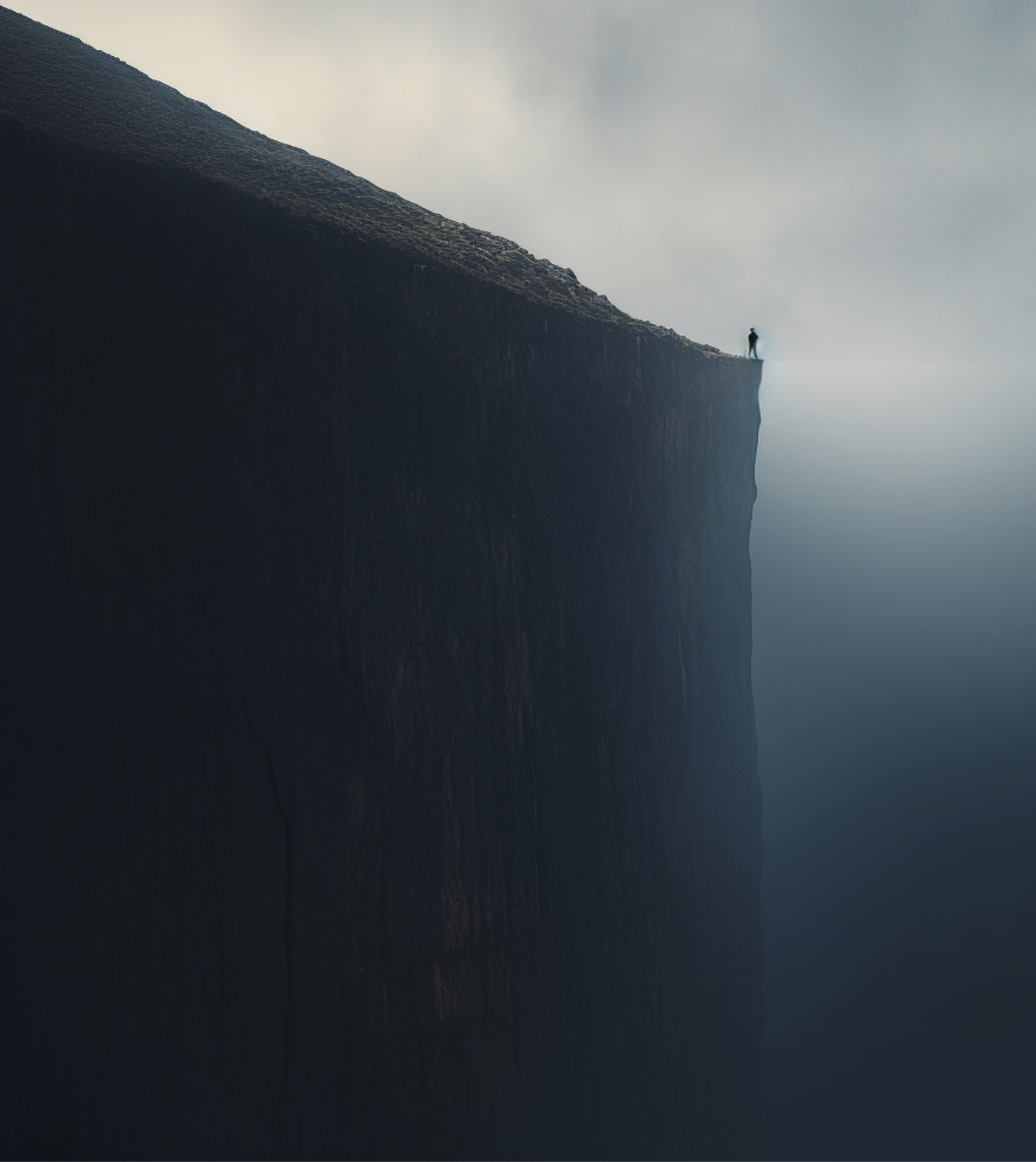National parks are visited for their natural beauty and wonder, and park entrances will find it all-but impossible to compete with nature’s own architecture, but still need to make for a memorable first impression in keeping with the park’s atmosphere. Sometimes the most simple architecture can take a natural wonder and make it iconic.
It’s important that entrances not only provide functional services, such as ticket booths and information centers, but work to compliment the national park and help visitors get the most out of their visit, making it as memorable as possible.
Ranthambhore National Park

The entrance to the Ranthambhore National Park is a stone gateway, similar to the architecture of the castles found within. Image source
Ranthambhore National Park is a large national park in northern India and home to some of the highest concentrations of tigers in the whole world. It was established as the Sawai Madhopur Game Sanctuary in 1955 before being declared as one of the Project Tiger reserves in 1973.
Named after the historic Ranthambhore fortress which is situated within the park, the entranceway is an iconic and stunning gateway that seems more like the entrance to an ancient castle than a national park.
Banff National Park

The entrance to Banff National Park is dressed in a traditional log cabin aesthetic. Image source
Something entirely different though no less traditional, is the entrance to Banff National Park. As Canada’s oldest national park, Banff was established in 1885 in the Rocky Mountains. Situated 110 - 180 km west of Calgary, Alberta, Banff covers over 6,600 square km of mountainous terrain.
Often found at the centre of tension between conservationist and land exploitation interests, Banff was originally established as the Banff Hot Springs Reserve, in response to conflicting claims over who discovered hot springs there and who had the right to develop the hot springs for commercial interests.
Mesa Verde Visitor and Research Center

Mesa Verde Visitor and Research Center Plaza acts as both orientation office and research center. Image source
Mesa Verde National Park was created by President Theodore Roosevelt in 1906 and covers over 52,000 acres near the Four Corners region in Montezuma County, Colorado. It is the largest archeological preserve in the U.S. with more than 4,300 site, including 600 cliff dwellings. The national park is a UNESCO World Heritage Site and protects some of the most well-preserved Ancestral Puebloan archaeological sites in the United States.
Opened in December 2012, the Mesa Verde National Park Visitor and Research Center is located at the park entrance. It replaced the aging Far View Visitor Center and functions as the park’s primary facility for orienting visitors with the park and surrounding areas. In addition to this, the building is LEED®-registered (Leadership in Energy and Environmental Design) and houses a state-of-the-art research and storage facility for the park's archives and museum collection of over three million objects.
Lake Nakuru National Park

Lake Nakuru National Park is best known for the millions of flamingos that call it home. Image source
Created in 1961 around the lake that is its namesake, Lake Nakuru National Park is best known for its thousand - and even at times millions - of flamingos that nest along the lake shores. So much so that the lake shore is hardly recognisable due to the continually shifting mass of pink. Lake Nakuru is one of the Rift Valley soda lakes, situated at an elevation of 1754 m above sea level, it lies to the south of Nakuru, in the rift valley of Kenya.
Taroko National Park

Historic Highway No. 8 runs along the entrance to Taroko National Park. Image source
Covering an area of approximately 92,000 hectares, Taroko National Park is located in the three provinces of Hualien, Taichung and Nantou. The park is home to the famous Taroko Gorge, Chingshui Cliffs, Baiyang Falls and Shakadang River, making it possible to travel from the shallow coast of the Pacific to a 3,000 metre-high mountain peak in one day.
Highway No. 8 was constructed to allow for faster transport of forces from one side of the island to the other during wartime, and is still the main traffic artery in the park and leads to almost all sights.
The Great Kemeri Bog Visitor Center competition
Kemeri National Park one of the largest national parks in Latvia, and Great Kemeri Bog Visitor Center competition is calling for submissions for an iconic and functional entranceway visitor centre. The entrance point will need to provide several key facilities - such as an information centre, terrace area, and playground, as well as a car park and ticket booth.
It is a chance for architecture enthusiasts to design something iconic, with the potential to become a noted landmark, all within the stunning natural surroundings of the national park. It is therefore vital that the structure be in keeping with its surroundings, while at the same time standing out.
Top 3 Reasons Why You Should Enter Architecture Competitions
Curious about the value of architecture competitions? Discover the transformative power they can have on your career - from igniting creativity and turning designs into reality, to gaining international recognition.
Learn more























